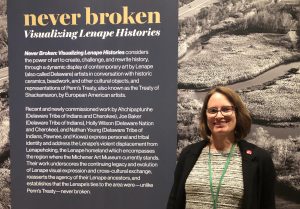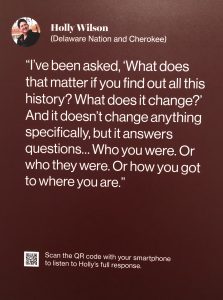The D&L Blog

Material Culture
Born to auctioneers, Laura Turner Igoe has been surrounded by what she refers to as “material culture” her entire life. All different sorts of items would pass through her family’s auction house, coming and going only to be replaced by new pieces of art, furniture, ceramics, and more. From that time, Laura began to develop an interest in not just the items, but the history behind them.
“I knew from a pretty early age that I wanted to work in museums. I always enjoyed visiting museums and seeing art there. After getting my undergraduate, I worked in museums for a bit before going back to school, and I just really liked working with the object itself. Being able to tell stories through an object to the public was always exciting to me.”
Laura received her undergraduate, graduate, and PhD degrees in art history. From there, she focused her study to American art history, specifically the Greater Philadelphia area during the 19th century.
Making her way to the Michener Art Museum
Laura spent some time working at the Princeton University Art Museum, Harvard Art Museums, and at the Barnes Foundation before settling at the Michener Art Museum in Doylestown, Bucks County.
“What was appealing about [the Michener Art] Museum to me is its size. It’s not a huge collection. I get to work with a lot of different materials. My background is in the 19th century, but here I can work with contemporary art, with 20th century art. I can work with paintings and sculpture, but I can also work with wood and ceramics. It expands my own knowledge. I’m always learning, and I think that’s really fun and keeps me engaged.”
Starting With an Idea
The process of creating an exhibition may vary from person to person, but they all start with an idea.
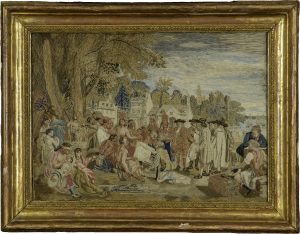
The development for this exhibition began with Laura’s interest in the painting of Penn’s Treaty, originally painted by Benjamin West. The piece depicts William Penn conferring with the Lenape Tribe for a land agreement of what is now Philadelphia. And people ran with it.
“I describe it as going viral in a pre-internet age. It became a standard for history. People saw [the painting] and believed that was what happened at that time – even though Benjamin West made that painting 100 years after, and at the time that painting was popular in this area, the Lenape had been pushed out already.”
What intrigued Laura about this painting was its ability to, essentially, re-write history. She knew, to properly tell the whole story, she would need someone that could bring a perspective she could not provide herself.
At this point, Joe Baker, artist and member of the Delaware Tribe of Indians, joined the project as co-curator. Together they developed the exhibition to combine both contemporary Lenape art and historic Lenape art, as well as images of Penn’s Treaty.
Curating Experiences
Throughout the process of gathering both historic and contemporary pieces, several other artists with connections to the Lenape of this region joined the development of the exhibition.
While certain pieces already existed within the Michener Art Museum collections, or the collections of other museums, other pieces needed to be commissioned for the exhibition specifically.
For Laura, it was important that she did not speak for the artists, so in certain instances she needed to take a step back and allow art and artists to speak for themselves.
“We also thought about this in relation to how visitors experience the show. We have audio stops with QR codes that can be scanned. For the most part, visitors can hear the artists themselves talking about their work. It really adds another layer of depth to the exhibition and provides a lot of great context. It’s just important to hear, to hear their voice.”
Never Broken: Visualizing Lenape Histories
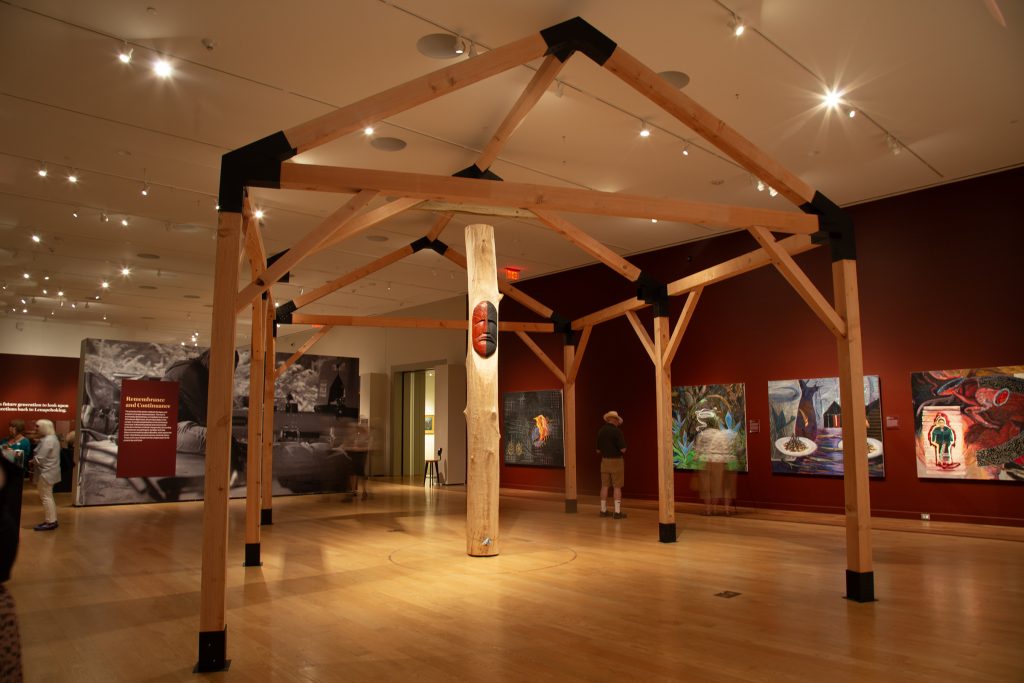
In the beginning of September, 2023, the Michener Art Museum opened its newest exhibition, Never Broken: Visualizing Lenape Histories. The exhibition is curated by Joe Baker, co-founder and Executive Director of Lenape Center in Manhattan, and Laura, Chief Curator at the Michener Art Museum.
The exhibition features recent and newly commissioned work by Ahchipaptunhe (Delaware Tribe of Indians and Cherokee), Joe Baker (Delaware Tribe of Indians), Holly Wilson (Delaware Nation and Cherokee), and Nathan Young (Delaware Tribe of Indians, Pawnee, and Kiowa) that express personal and tribal identity and address the Lenape’s violent displacement from Lenapehoking, the Lenape homeland which encompasses the region where the Michener Art Museum currently stands. Michener Art Museum, 2023.
Correcting the Mythos
Part of the exhibition’s goal is to correct inaccurate portrayals of colonial relations with indigenous communities through art. Another part encourages visitors to be more diligent about goals and biases when consuming not just contemporary art, but historic art as well.
“I think even today we have a tendency to take images at face value. We live in a culture where we are bombarded with imagery all the time. And even the Penns Treaty image still appears in textbooks. In contemporary art, maybe we’re more accustomed to thinking about the voice behind it, but I feel like we’re less critical or questioning about historic art and how artists who make that work also had an agenda, or are working in a certain context that dictates what the results are.”
Ultimately, part of correcting the mythos that continues to surround the indigenous community today is to recognize that these communities still exist. The reason contemporary art is a major feature of Never Broken is because it allows the Indigenous artists to take control of their own narratives and firmly state: “We are still here.”
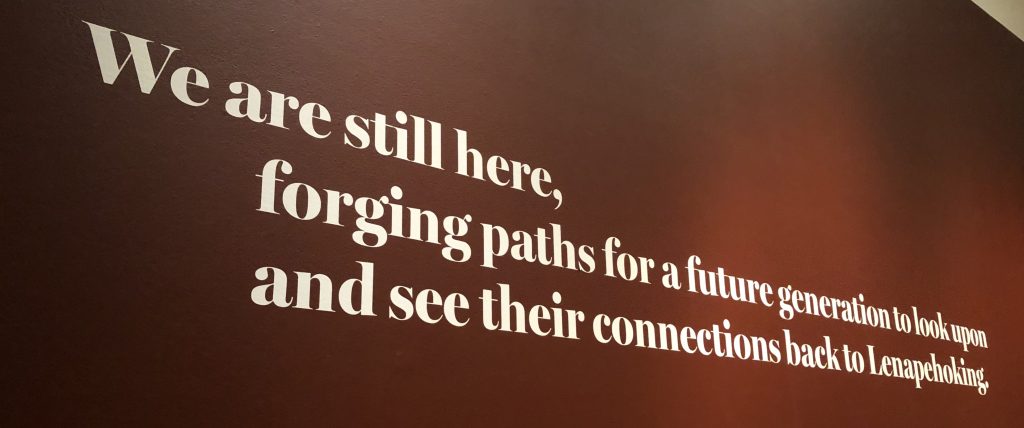
Learn More
Never Broken: Visualizing Lenape Histories is on display until January 14, 2024, at the Michener Art Museum. In the coming months, co-curators Laura and Joe will have their own curator talks about the exhibition in September and October of 2023, respectively. Artist Holly Wilson will also have an artist’s talk about her piece(s) in November.
Looking Forward
Despite museums frequently working with historic pieces and artefacts, staff are always looking to the future.
“[The Michener Art Museum has an] exhibition opening next month called Ethel Wallace: Modern Rebel. That exhibition looks at an artist who first started painting in an Impressionist style in and around New Hope and Lambertville. She moved to New York and had a successful career in fashion where she worked with this medium called batik…[but] because of the Depression, she had to move back to Lambertville. Her story has been untold for the most part until now. This exhibition is her first museum exhibition.”
This article was written as part of the DLNHC Faces of the Corridor campaign. If you know someone or group that you think should be featured, visit this page to learn how you can nominate them.

